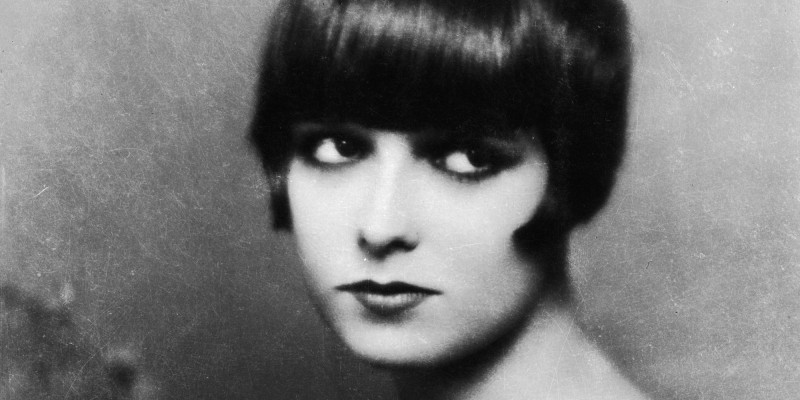The first to champion the razor’s use were the Japanese. Using their own traditional tools and technique named Nihindo, they found it a practical method for creating movement in straight hair. The Japanese realized that razoring was the best way to remove weight, to texturize, and to add movement. This was especially effective on thick and straight strands that are indigenous to most people from this region.
In the west during the 20th century razor cutting came in and out of fashion. In the Roaring Twenties, Louise Brooks, siren of the silent film era, embodied the daring spirit of the time with her trendsetting bob, cut with a razor. But as the dawn of the 1930s fashion changed. Women started to grow their hair longer, and the sharp lines of the bob were abandoned. Setting hair on rollers became popular and the art of the cut was out. From the 1930s to the 1960s haircuts were made with the styling, not the style, in the mind.
In the nonfiction book Outliers: The Story of Success, Malcolm Gladwell makes a compelling argument that the key to great accomplishments in any field is a matter of practicing a specific task for a total of 10,000 hours. Please allow that thought to sink in. Realize that to become a master of razor cutting will take you many, many hours of practice.
Do not let anybody tell you that the hair business is anything but a high-end career. It is highly creative, independent, and recession proof. People will always need a haircut.
LIVE, LEARN AND PASS IT ON!!!!
Grahams Barber College
GO BILLDOGS!!



Leave A Comment